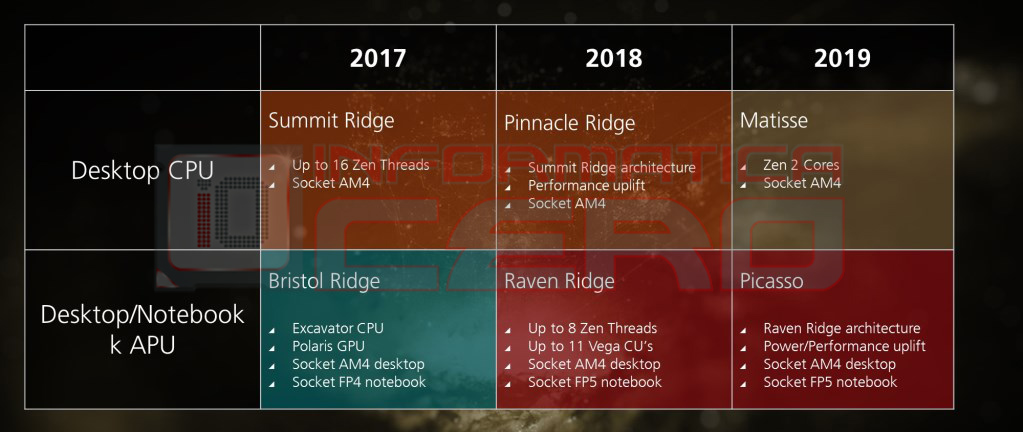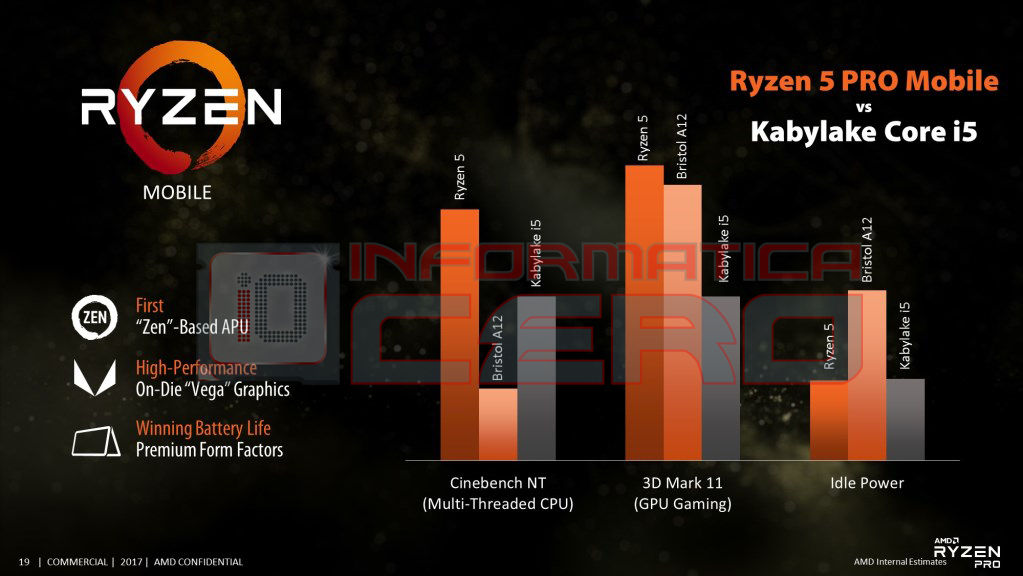PeterScott
Platinum Member
- Jul 7, 2017
- 2,605
- 1,540
- 136
Is there a cheaper HBM variant to reduce costs? yes
Availability? Cost?
Is there a market for such a premium product given it's power benefit to dGPU competitor? I suggest yes.
Can a new niche be created of a lighter, slimmer product of equal performance? Again I suggest yes
Depends on price/performance.
Can we make 1 die to span both worlds? Ryzen vs Epyc points to a yes.
Neither of these use HBM. We have yet to see a dual HBM/DDR capable product.
Is the additional cost excessive? Ask AMD & customers, but my guess is no.
My guess is that it still doesn't make financial sense and we won't see it anytime soon.
Why do some think the possible market segments are locked for eternity.
Who is talking about eternity? Most of us are just saying not soon. Not this year, or 2018 IMO.
We can revisit the HBM situation late next year...





